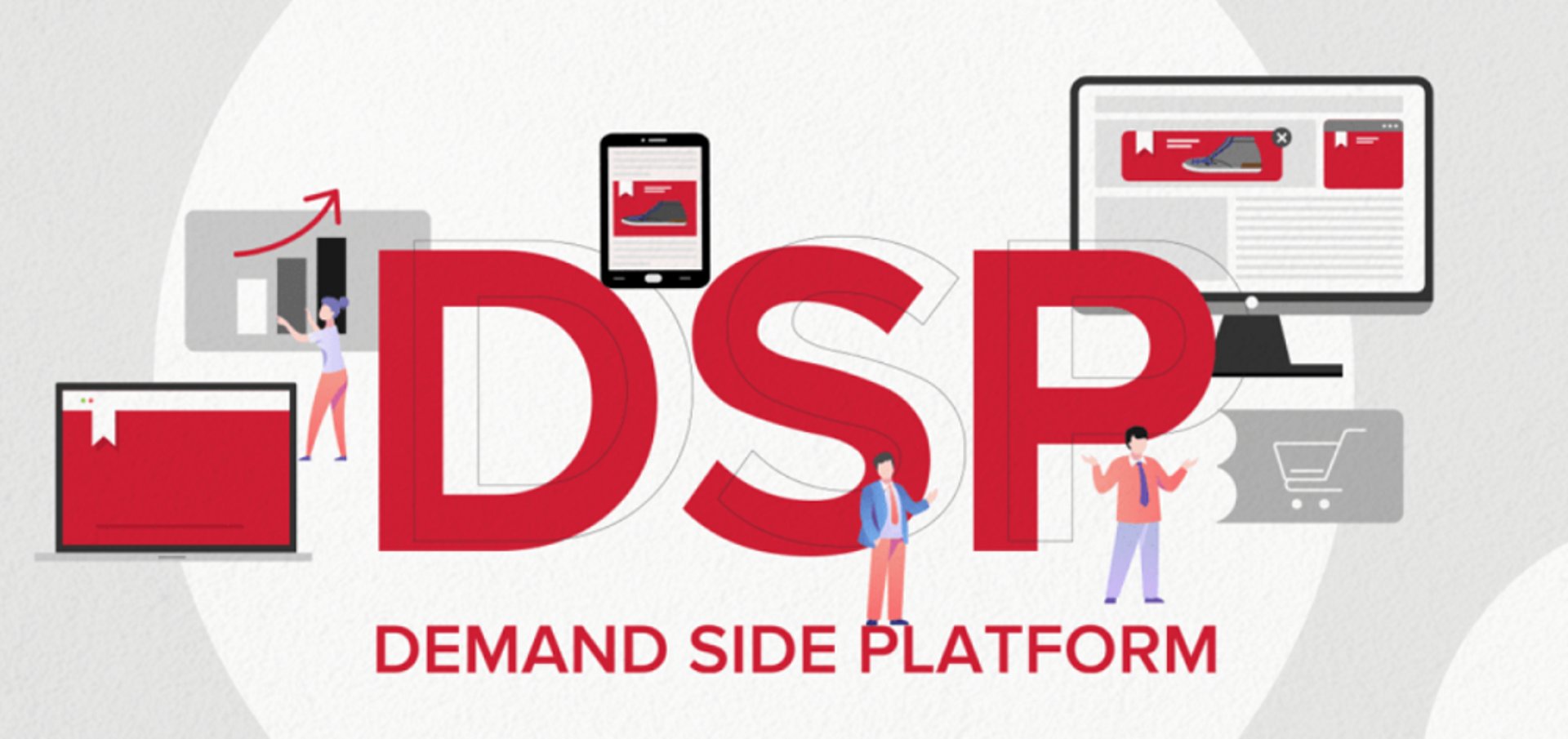Top 9 Demand-Side Platforms (DSPs) and why should you choose them
Discover the leading players in the industry and unravel the unique features that set them apart. From precise targeting to real-time bidding, these DSPs redefine the way you reach your audience.
ADOPS
Matt H
10/17/20233 min read

What is a DSP?
A Demand-Side Platform (DSP) is a technology platform that enables advertisers to purchase and manage digital ad inventory in an automated and programmatic manner. DSPs play a crucial role in programmatic advertising, allowing advertisers to bid on and optimize digital ad placements across various online channels in real-time.
History of DSPs:
Early 2000s: Emergence of Ad Exchanges:
The concept of programmatic advertising began to take shape with the advent of ad exchanges, which acted as marketplaces for buying and selling ad impressions.
Mid-2000s: Rise of Ad Networks:
Ad networks facilitated the buying and selling of remnant ad inventory. However, they lacked the real-time bidding (RTB) capabilities that define modern programmatic advertising.
Late 2000s: Birth of DSPs:
The need for more efficient and data-driven ad buying led to the development of Demand-Side Platforms. The first-generation DSPs emerged, focusing on audience targeting and real-time bidding.
2010s: Maturation and Expansion:
DSPs evolved to offer sophisticated targeting options, dynamic ad creative optimization, and integrations with data management platforms (DMPs) for enhanced audience insights.
Today: Programmatic Dominance:
DSPs have become integral to the digital advertising ecosystem. They empower advertisers with tools to automate and optimize their campaigns, ensuring efficient ad delivery to targeted audiences.
When considering a DSP for your business, several factors should be taken into account:
Target Audience: Ensure the DSP allows you to define and reach your target audience effectively. Look for robust audience targeting capabilities.
Ad Inventory: Evaluate the breadth and quality of the ad inventory available through the DSP. Consider if it aligns with your target audience and campaign objectives.
Data Capabilities: Assess the data integration capabilities of the DSP. A strong DSP should support the use of first-party and third-party data for audience targeting.
Transparency: Choose a DSP that provides transparency into ad placements, costs, and performance metrics. Transparency is crucial for understanding campaign effectiveness.
Ease of Use: Consider the user interface and ease of use. A user-friendly platform makes it simpler to set up and manage campaigns.
Real-Time Bidding (RTB) Capabilities: Ensure the DSP supports real-time bidding, enabling dynamic and efficient ad buying in the auction environment.
Ad Format Support: Check if the DSP supports the ad formats you intend to use, such as display ads, video ads, or native ads.
Reporting and Analytics: Robust reporting and analytics tools are essential for tracking campaign performance. Look for a DSP that provides detailed and actionable insights.
Integration with Other Platforms: Consider how well the DSP integrates with other advertising and analytics platforms, such as ad exchanges, analytics tools, and customer relationship management (CRM) systems.
Budget Considerations: Evaluate the pricing model of the DSP and ensure it aligns with your budget and campaign goals. Some DSPs operate on a percentage-of-spend model, while others may use a fixed fee.
Navigating the complex landscape of digital advertising requires robust Demand-Side Platforms (DSPs) that not only streamline ad buying but also offer unique features. Here are details on nine leading DSPs and their distinct selling propositions:
Google Display & Video 360 (DV360):
USP: Integration with Google's extensive ecosystem, including YouTube, Gmail, and more. Powerful machine learning for predictive analytics and cross-channel attribution.
Website: Google Display & Video 360
The Trade Desk:
USP: Advanced AI-driven bidding algorithms for programmatic advertising. Unified ID solution for enhanced cross-device targeting and attribution.
Website: The Trade Desk
Amazon Advertising (AAP):
USP: Direct access to Amazon's vast customer base and shopping data. Amazon DSP's unique ability to target audiences based on their shopping behavior.
Website: Amazon Advertising
Verizon Media DSP:
USP: Unified cross-channel advertising, including display, native, and video ads. Access to exclusive Verizon Media properties and diverse ad formats.
Website: Verizon Media DSP
Adobe Advertising Cloud:
USP: Integration with Adobe's Marketing Cloud for a comprehensive view of customer data. AI-driven optimization and dynamic creative capabilities.
Website: Adobe Advertising Cloud
Criteo:
USP: Specialization in performance marketing, particularly dynamic retargeting. Predictive bidding and personalized ad recommendations.
Website: Criteo
AppNexus (Xandr):
USP: Open and transparent technology platform for programmatic advertising. Advanced targeting and access to a vast marketplace.
Website: Xandr
AdForm:
USP: Full-stack ad tech platform with a focus on creative and data-driven optimization. Cross-channel campaign planning and execution.
Website: AdForm
TubeMogul (Adobe Advertising Cloud for Advertisers):
USP: A focus on video advertising with a single platform for planning, buying, and measurement. Cross-screen planning capabilities for unified ad strategies.
Website: Adobe Advertising Cloud
In the dynamic realm of digital advertising, the right choice of a Demand-Side Platform (DSP) can make all the difference in the success of your campaigns. Each platform listed brings its unique strengths to the table, catering to various advertising needs. Whether it's Google Display & Video 360's integration prowess, The Trade Desk's advanced AI algorithms, or Amazon Advertising's direct access to e-commerce insights, the diversity of these DSPs ensures a solution for every campaign.
Remember, the effectiveness of a DSP hinges on alignment with your specific objectives, target audience, and the nature of your advertising goals. Regularly reassess your needs, stay informed about updates in the advertising landscape, and explore new features these platforms may introduce.
Contact us
Whether you have a request, a query, or want to work with us, use the form below to get in touch with our team.


Location
USA: 473 Mundet Place
Ste US682151, Hillside, New Jersey - 07205
India: The Ops Partner, 4th B Cross Road, Yelahanka New Town - 560064
Hours
Available 24*5 (Monday - Friday)
